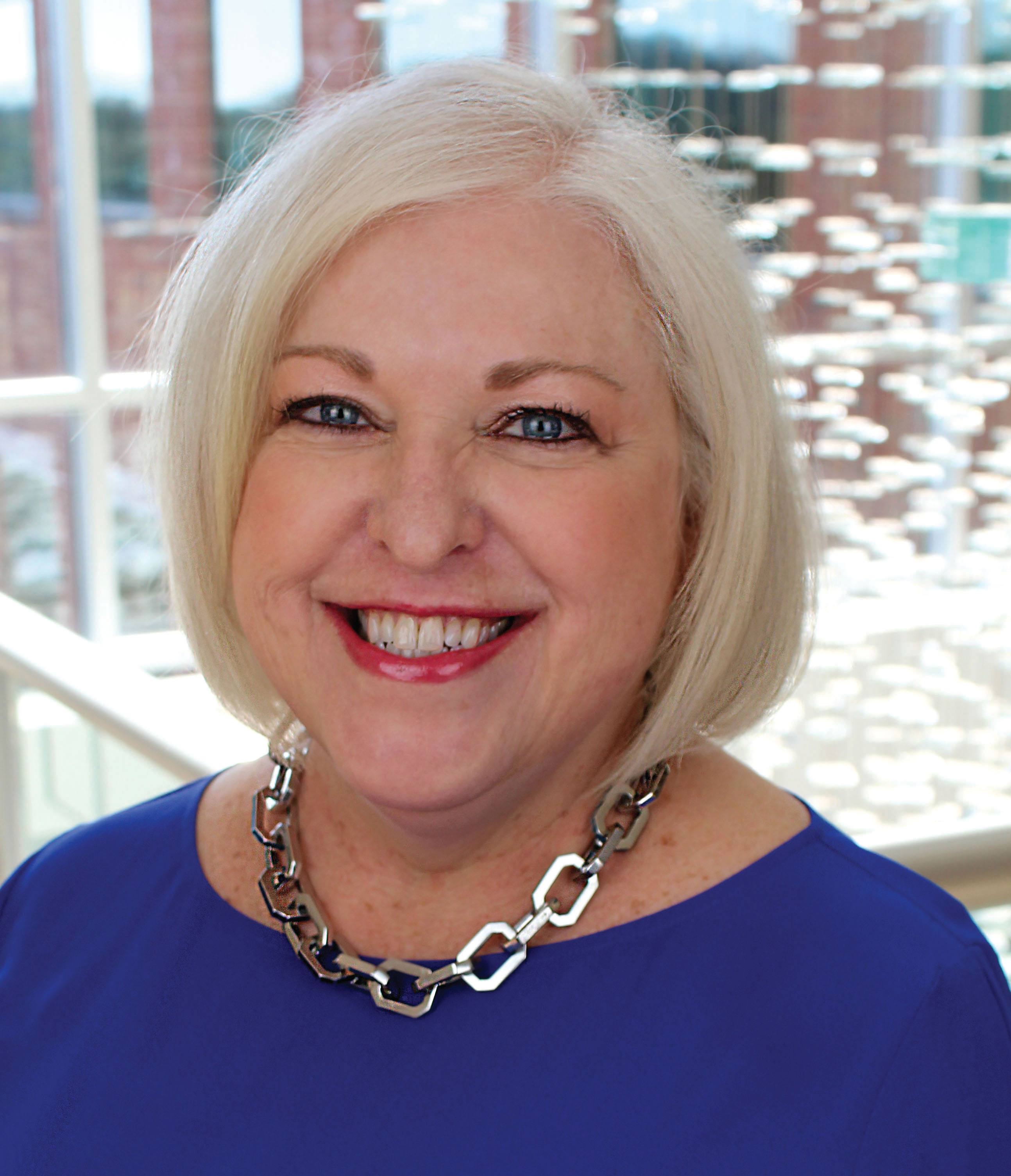Our 2009–2014 study, Bridging Geographic Barriers: Remote Cancer Genetics Counseling for Rural Women, also known as the REACH Project (Risk Education and Assessment for Cancer Heredity), was the first randomized, noninferiority trial of telephone-based BRCA1 and BRCA2 counseling and testing that used a population-based traceback approach to identify and counsel both rural and urban women who were at increased risk for hereditary breast and ovarian cancer (HBOC) but had not received genetic counseling or testing.

The traceback approach is a framework for identifying, contacting, and testing previously unknown carriers of pathogenic variants in cancer susceptibility genes. It consists of four phases:
- Identification and proactive outreach to previously diagnosed deceased probands
- Delivery of traceback genetic education
- Genetic testing via archival pathology specimens or traditional testing of relatives
- Family communication to facilitate further testing once a pathogenic variant is identified
The approach enabled us to assess the intervention’s reach and impact in a geographically diverse population. We examined the acceptability and effects of telegenetic counseling by comparing telephone delivery to the standard care, such as in-person delivery of pre- and post-test genetic counseling. We found that telephone delivery was less expensive, yielded noninferior cognitive, minimized psychological distress, facilitated informed decision making, and achieved positive counselor-patient interactions.
Our study provided strong evidence that telephone genetic counseling for HBOC can be delivered as safely as in-person counseling without an adverse effect on short- and long-term psychological, quality-of-life, and decision-making outcomes and that it increases the reach of and access to genetic counseling and testing while reducing structural barriers and travel-associated costs for patients and providers. The findings were robust across subgroups of participants, including those living in geographically remote areas and those choosing to be tested or not. Furthermore, we learned that cost concerns are critical in testing decisions.
As we hoped, the data were used by policymakers and community oncology practices to make decisions about offering telephone-based genetic counseling and testing care delivery. Because of our study and another from Schwartz et al., telephone-based genetic counseling and testing are now commonly offered and reimbursed by many insurance companies.
My hope is that we continue expanding the reach of genetic testing and promote cancer health equity. Telephone counseling is able to do this in an era of demand for genetic specialists, who are in limited supply and generally concentrated at urban and academic centers, especially because the majority of patients are treated in community settings.






